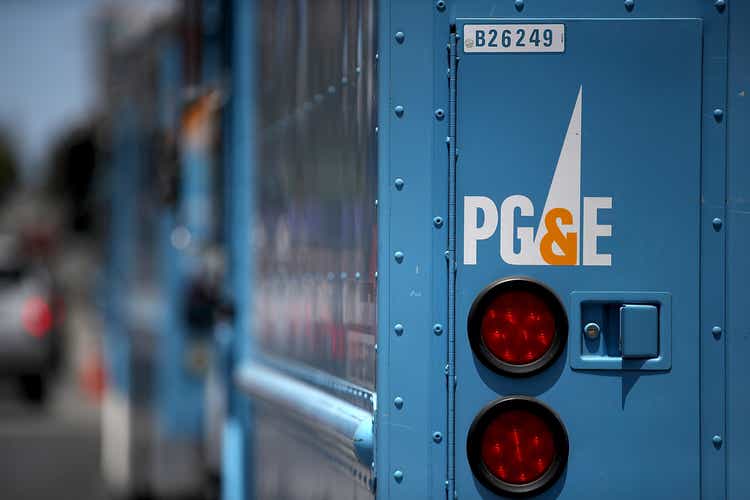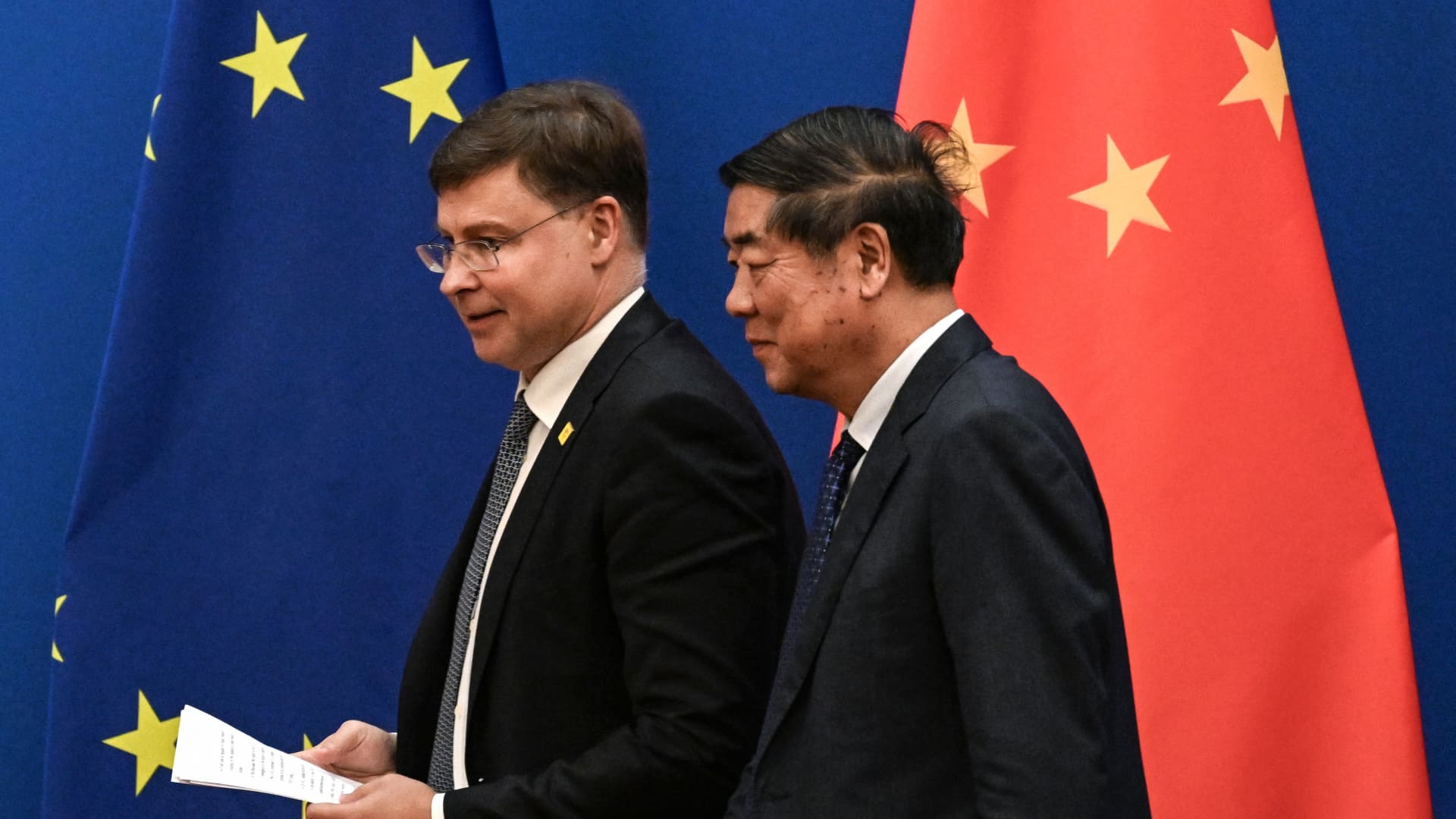© Reuters. FILE PHOTO: The USS Chung-Hoon passes the USS Arizona Memorial during ceremonies honoring the 73rd anniversary of the attack on Pearl Harbor at the World War II Valor in the Pacific National Monument in Honolulu, Hawaii December 7, 2014. REUTERS/Hugh Gent
2/2
WASHINGTON (Reuters) -A U.S. warship sailed through the sensitive Taiwan Strait on Thursday, part of what the U.S. military calls routine activity but which riles China.
In recent years, U.S. warships, and on occasion those from allied nations such as Britain and Canada, have sailed through the strait, drawing the ire of China, which claims Taiwan against the objections of its democratically elected government.
In a statement, the U.S. military said the Arleigh Burke-class guided-missile destroyer Chung-Hoon carried out the transit.
“Chung-Hoon’s transit through the Taiwan Strait demonstrates the United States’ commitment to a free and open Indo-Pacific,” the statement added.
Taiwan’s Defense Ministry said the ship sailed in a northerly direction through the strait, that its forces had monitored its passage and observed nothing out of the ordinary.
The Chinese Embassy in Washington did not immediately respond to a request for comment.
The narrow Taiwan Strait has been a frequent source of military tension since the defeated Republic of China government fled to Taiwan in 1949 after losing a civil war with the communists, who established the People’s Republic of China.
The United States has no formal diplomatic relations with Taiwan, but is bound by law to provide the island with the means to defend itself.
China has never ruled out using force to bring Taiwan under its control. Taiwan vows to defend itself if attacked, saying Beijing’s sovereignty claims are void as the People’s Republic of China has never governed the island.
A Chinese military plane came within 10 feet (3 meters) of a U.S. air force aircraft in the contested South China Sea last month and forced it to take evasive maneuvers to avoid a collision in international airspace.
The close encounter followed what the United States has called a recent trend of increasingly dangerous behavior by Chinese military aircraft.
















